Types of Lifeboats Used On Ship
Lifeboat is one of the most important life-saving equipment onboard a ship, which is used at the time of extreme emergencies for abandoning a ship. Lifeboat is a smaller rigid vessel, secured onboard into davits so that it can be launched over the side of the ship with least time and mechanical assistance possible for an early escape of the crew from the ship.
A lifeboat must carry all the types of equipment described under SOLAS and LSA codes, which are passed for the survival at sea. This includes rations, freshwater, first aid, compass, distress signalling equipment like rocket etc. A ship must carry one rescue boat for the rescuing purpose, along with other lifeboats. One of the lifeboats can be designated as a rescue boat if more than two or more lifeboats are present onboard a ship.
Types of Lifeboat
There are three types of lifeboats used on merchant vessels:
Open Lifeboat
As the name suggests, the open lifeboat has no roof and is normally propelled by manual power by using hand-propelled ores. Compression ignition engine may also be provided for the propulsion purpose. However, open lifeboats are becoming obsolete now because of stringent safety norms, but one may find them on an older ship.
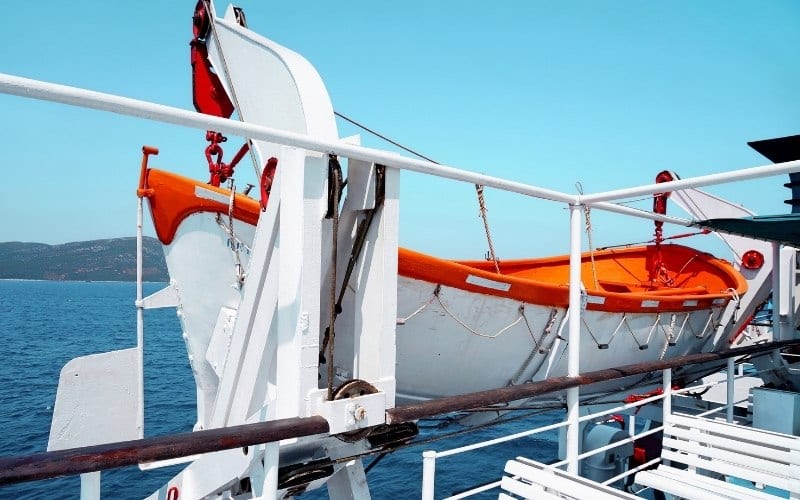
The open lifeboat doesn’t help much in rain or bad weather and the possibility of water ingress in the highest.
Closed lifeboat
Closed lifeboats are the most popular lifeboats that are used on ships, for they are enclosed which saves the crew from seawater, strong wind and rough weather. Moreover, the watertight integrity is higher in this type of lifeboat and it can also get upright on its own if toppled over by waves.
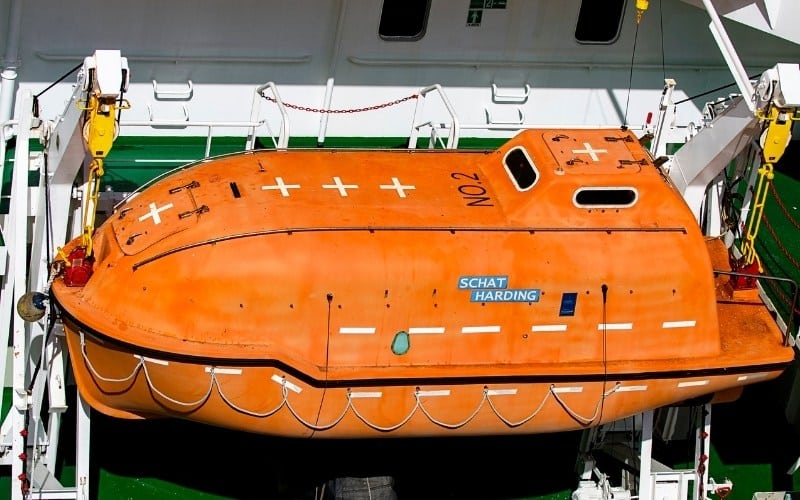
Closed lifeboats are further classified as – Partially enclosed and fully enclosed lifeboats.
Free fall lifeboat
Freefall lifeboat is similar to an enclosed lifeboat but the process of launching is entirely different. They are aerodynamic in nature and thus the boat can penetrate the water without damaging the body when launched from the ship.
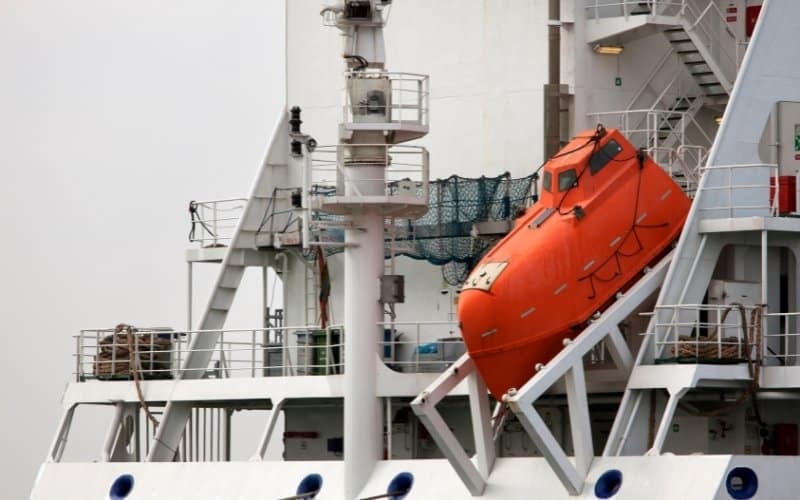
The free-fall lifeboat is located at the aft of the ship, which provides a maximum clear area for free fall.
You may also like to read –
- The Beach Lifeboat Launching and Recovery System
- Nadiro Lifeboat: The Next Level of Safety in Lifeboat Launching Systems of Ships
- The Automated External Defibrillator: Saving Lives – At Sea
Disclaimer: The authors’ views expressed in this article do not necessarily reflect the views of Marine Insight. Data and charts, if used, in the article have been sourced from available information and have not been authenticated by any statutory authority. The author and Marine Insight do not claim it to be accurate nor accept any responsibility for the same. The views constitute only the opinions and do not constitute any guidelines or recommendation on any course of action to be followed by the reader.
The article or images cannot be reproduced, copied, shared or used in any form without the permission of the author and Marine Insight.
Do you have info to share with us ? Suggest a correction
Latest Ship Safety Articles You Would Like:

About Author
An ardent sailor and a techie, Anish Wankhede has voyaged on a number of ships as a marine engineer officer. He loves multitasking, networking, and troubleshooting. He is the one behind the unique creativity and aesthetics at Marine Insight.
Subscribe To Our Newsletters
By subscribing, you agree to our Privacy Policy and may receive occasional deal communications; you can unsubscribe anytime.



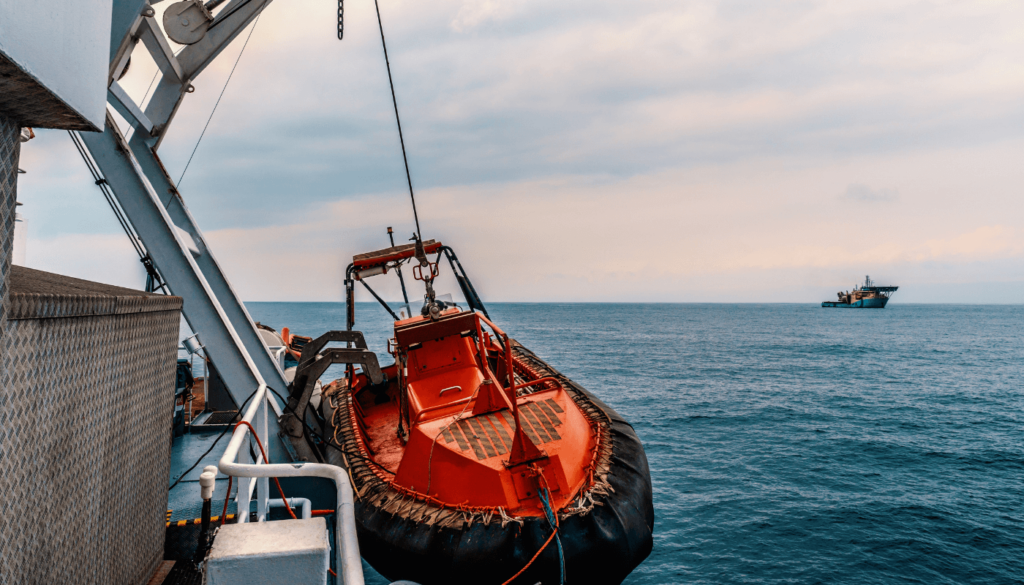
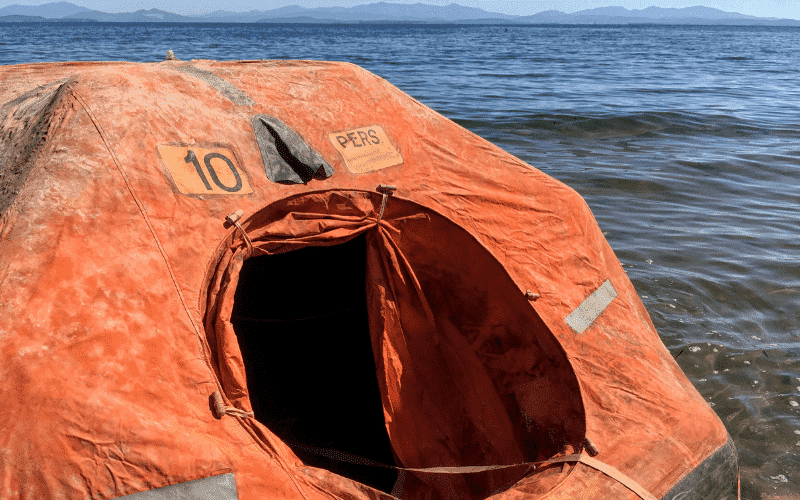
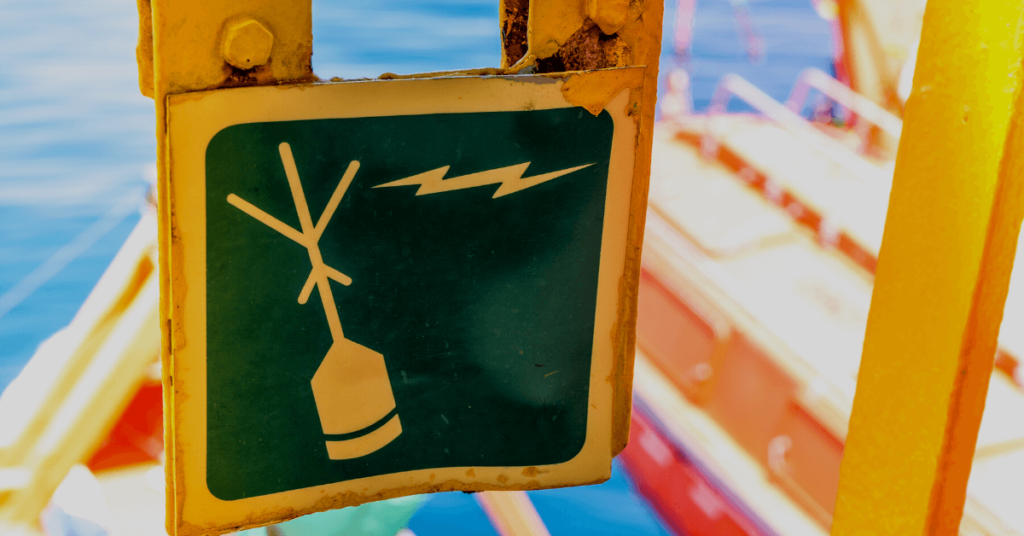
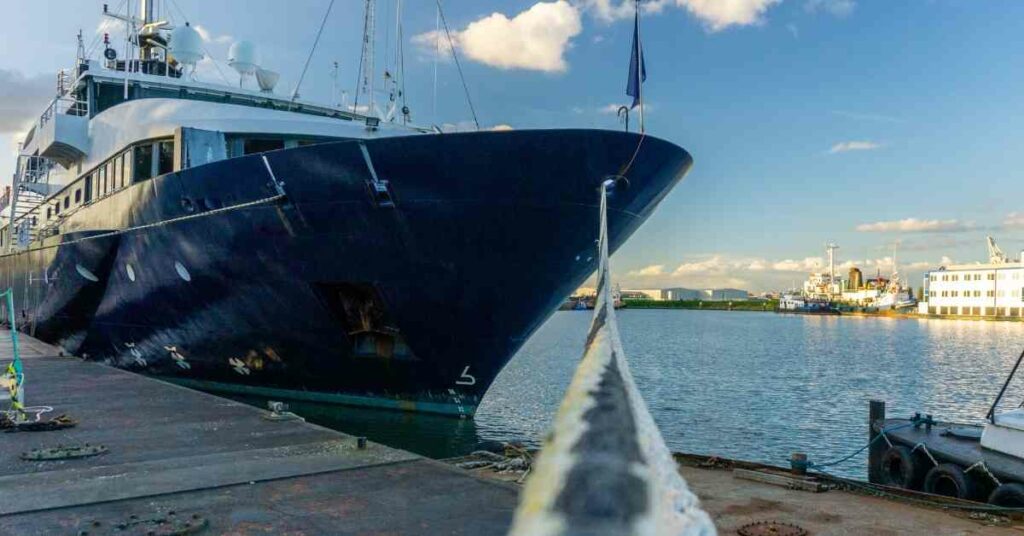
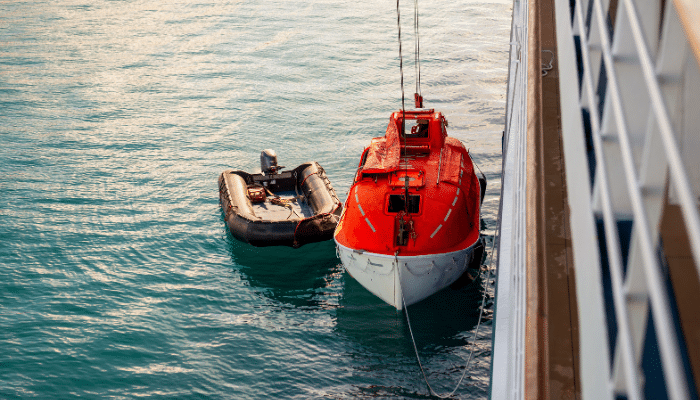
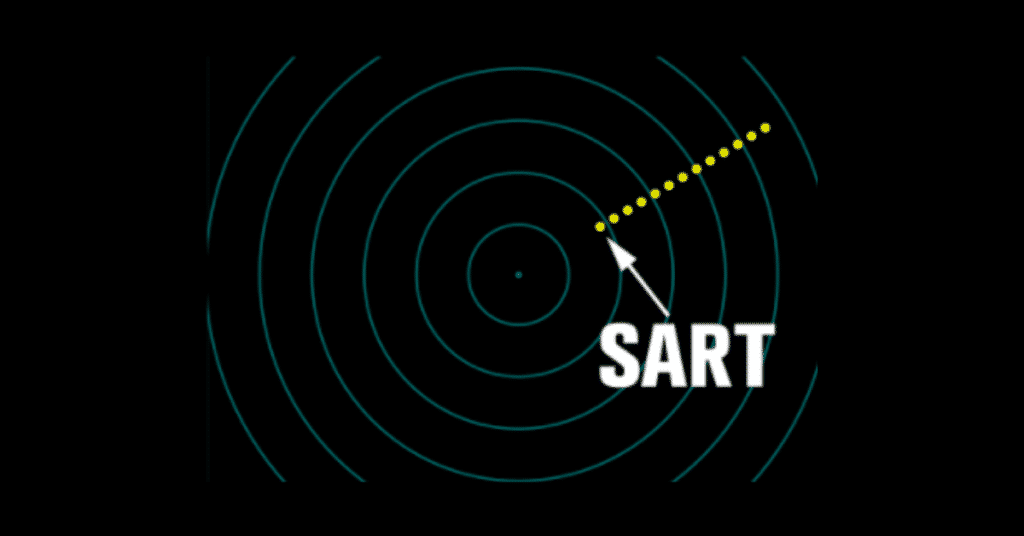

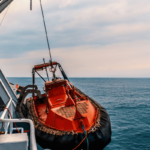
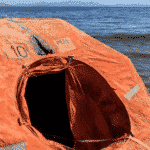
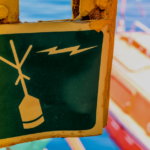
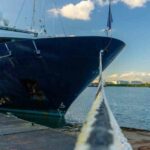
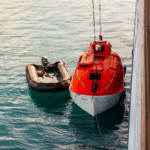
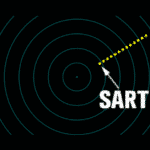
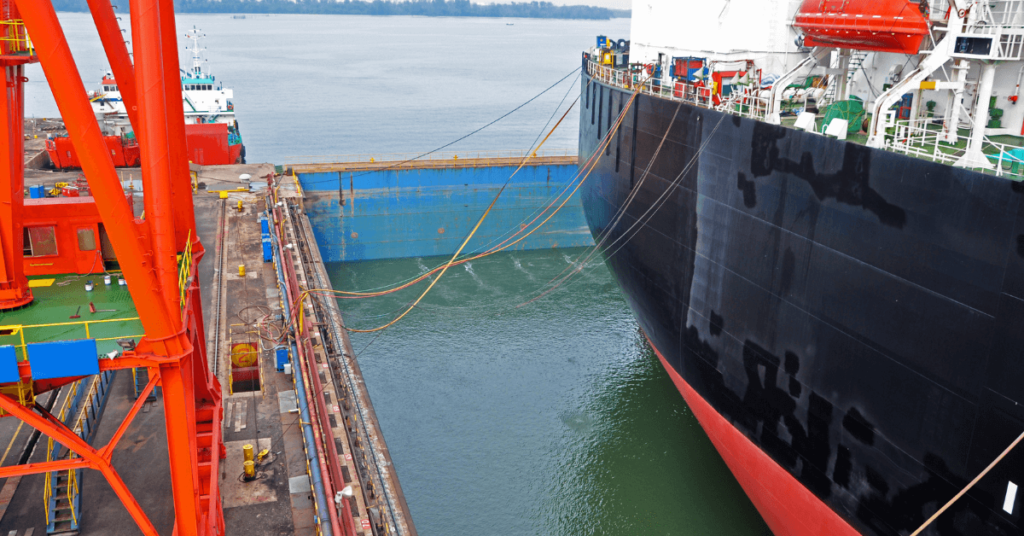

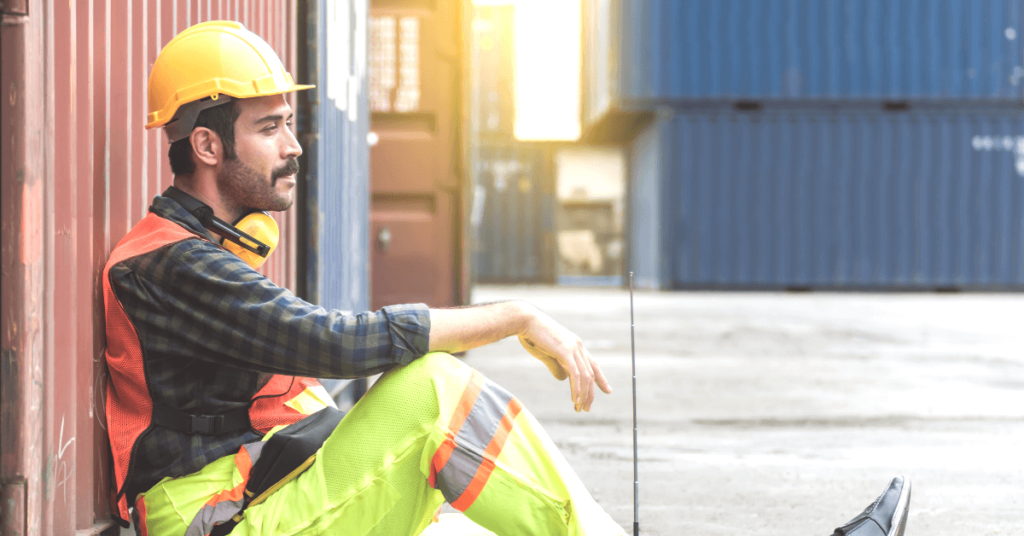


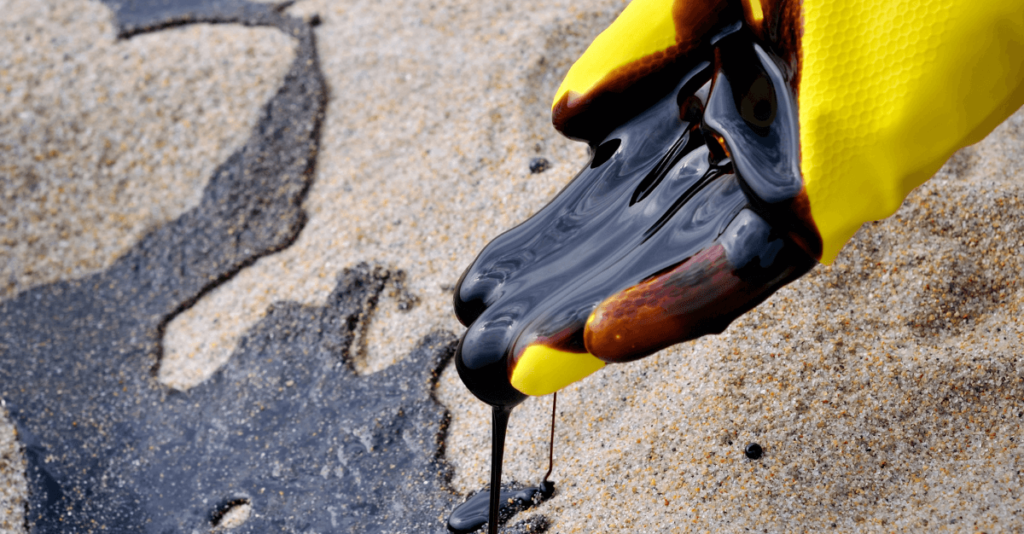
CAN YOU TELL US WICH SUPPLYERS CAN HELP US AND QUOTE US A FREEFALL LIFEBOAT COMPLET SYSTEM.
BEST REGARDS
I think u missed a type of lifeboat. You also have a Half-open lifeboat. I’m very happy with this page and it helped me allot for general information.
i thought it was called partially enclosed lifeboat and it would be a great addition to this page.
Thank you very much for all the information you share on your site, it’s so very useful, thank you. But I wonder why do you use the word “equipment” in plural, while it’s an uncountable noun.. Not a big deal for navigation, one may say, but being an international resource, better check up grammar aspects as well)
no offence
best regards
I am a student working on ship
Thanks for u
Why are free fall lifeboats located at the aft of the vessel ? Why not on the side just like Davit launched lifeboats ?
@Ritvik: As stated in the article, It provides a maximum clear area for the free fall. If located at the side and launched when the ship is moving or during rough weather (when the vessel is rolling), will be extremely difficult.
It cannot be provided in the fore part as it will be far from the accommodation.
Why are rescue boat located always on the port side of the ship? Thanks
@Paul: That is not the standard. I have seen many ships with designated rescue boat on starboard side.